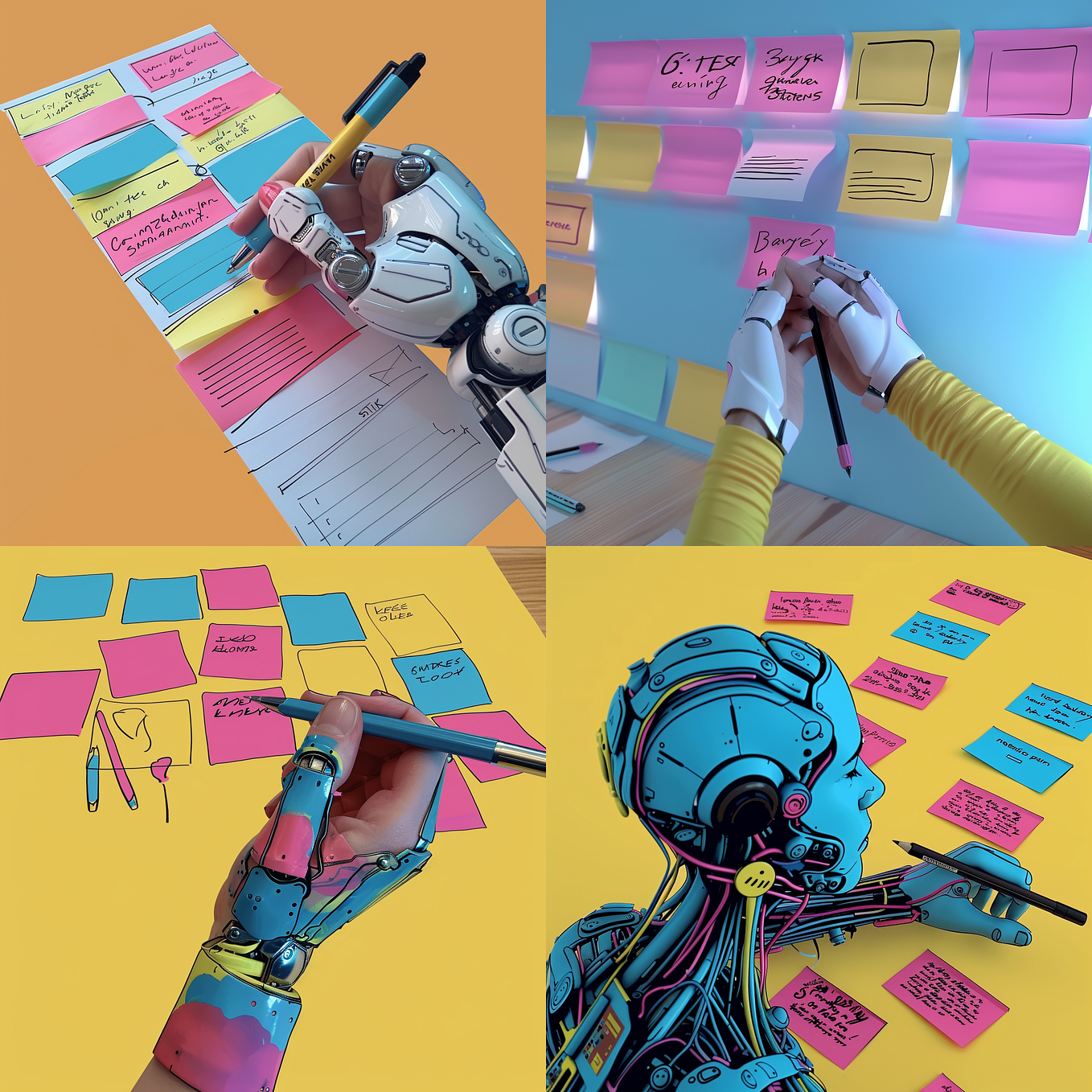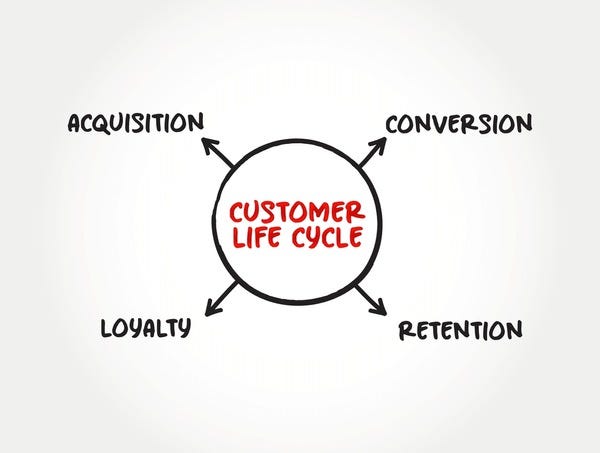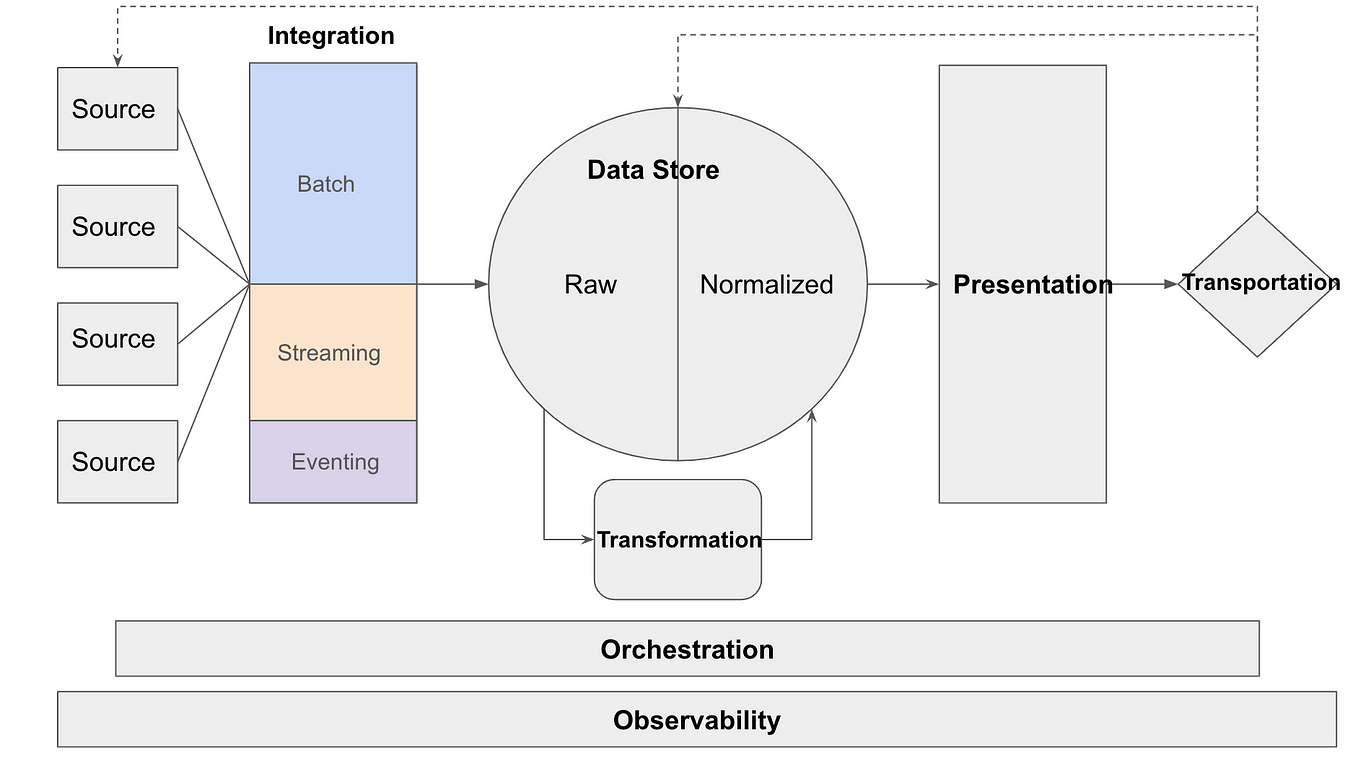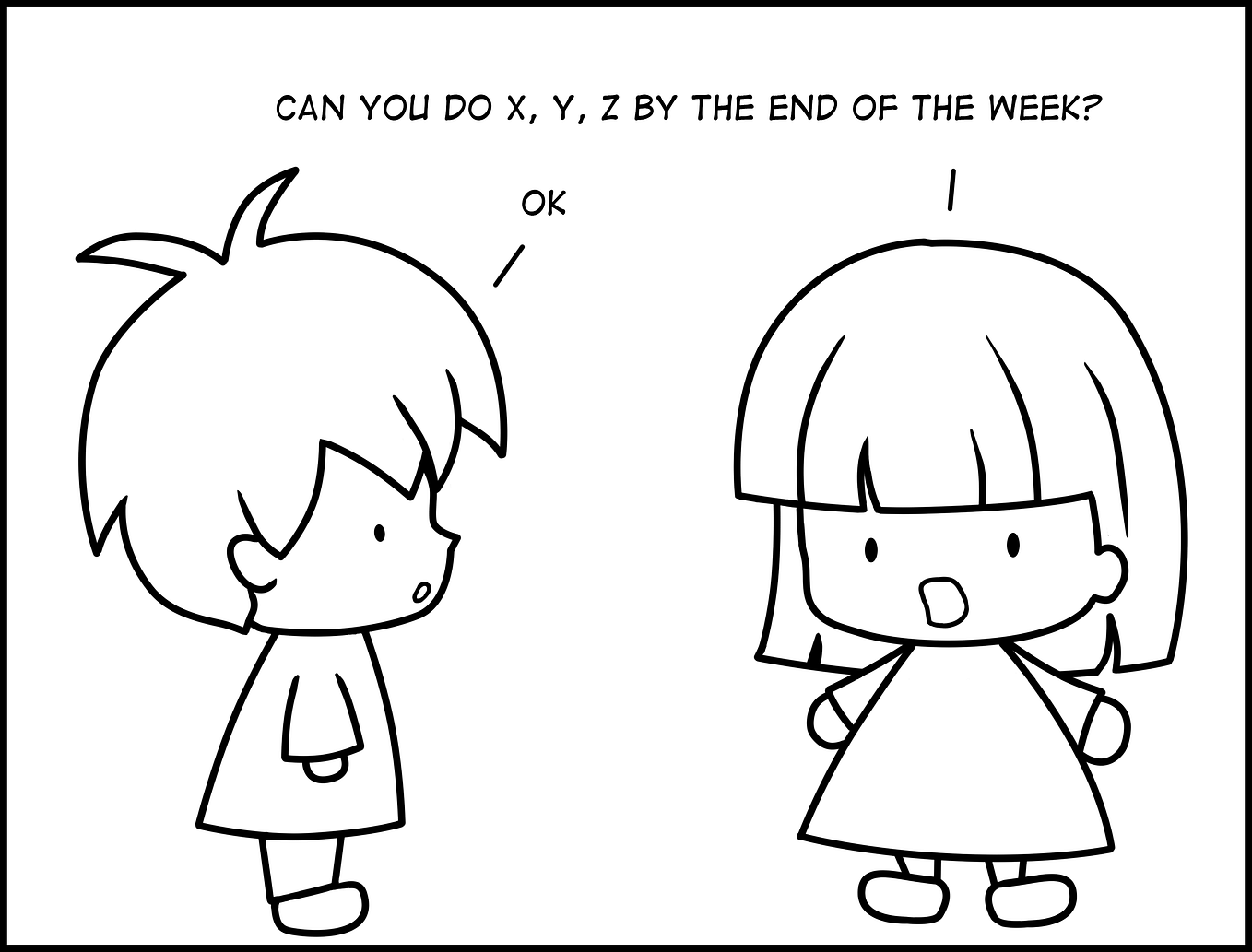Week 14, 2021 — Issue 146
Data Analytics: Blindsight, Hindsight, Insights, and Foresight
Each week: three ideas for how to make work better. This week: four ideas on data-driven decision-making.
📨 This article was originally published in the WorkMatters newsletter. If you find it valuable, please subscribe at www.andreasholmer.com.
A colleague of mine recently did a sharing session on data analytics. He’s a Ph.D. and I’m not, and I’ll be honest: most of it went over my head. But a few things managed to stick and they’ve been milling about ever since. Specifically, I’ve been thinking about how different types of data analysis can help us make different types of decisions.
Let’s dig in.
1. Blindsight
Imagine that you’re the delivery manager at a large e-commerce fulfillment center. You’re in your office, staring at one of your analytics dashboards when you notice something odd: customer satisfaction has been dropping in the last couple of days. That’s bad. Maybe there’s an issue with road closures again? That might explain things. Maybe. So what are you going to do? Are you going to make an educated guess and take swift action? Or are you going to play it safe and try to figure out the root cause?
Descriptive Analytics tells you what’s happening, but it doesn’t tell you why. Acting on descriptive information means acting blind.
2. Hindsight
You decide to play it safe. Root cause FTW! You begin by drilling into the available data, and you soon realize things are worse than you thought! The reason satisfaction is trending down is that they’ve hit rock bottom in one specific part of your delivery area. But why? You dig deeper. Aha! Turns out packages have been getting lost en route. No wonder people are pissed! So what are you going to do? Reorder the goods? Give people a refund? Maybe a combination of both? Knowing “why” means you’ve got options.
Diagnostic Analytics tells you why things that happened, happened. Acting on diagnostic information means acting with hindsight.
3. Insight
But wait, there’s more! You dig a bit deeper still and you realize this has happened before. You can see that it has something to do with volume… maybe? It’s not clear. On a hunch, you decide to pipe property data into your system, and viola; a pattern starts to emerge: satisfaction drops once the volume of large packages delivered to areas with single homes reaches critical mass. Oh, and your model suggests there’s a risk the same thing is about to happen in two other areas as well! Time to get proactive.
Predictive Analytics tells you what is likely to happen in the future, all else being equal. Acting on such information means acting with insight.
4. Foresight
You’re now convinced you’ve identified the root cause: someone has been nicking packages off of your customers’ front porches. Worse still: it’s a trend that keeps repeating under certain conditions. So what do you do? You don’t want to play whack-a-mole every time the problem appears. Better to nip the problem in the bud, right? You consult the Data Science team. Their recommendation: run various mitigation scenarios through your model to identify which strategy will have the greatest impact.
Prescriptive Analytics tells you what to do to future-proof your operation. Acting with such analytics means acting with foresight.
A few things to note:
- It’s all but impossible to draw a clear line between these categories. And besides, there’s bound to be a lot of back and forth. Above, diagnostics happen at multiple levels.
- “Blindsight” sounds made-up but is actually a medical term that I’ve shamelessly reappropriated. It means the ability to respond to visual stimuli without conscious perception. An apt analogy.
- Also, blindsight isn’t necessarily a bad thing. Intuition can be useful — assuming it’s based on actual experience and doesn’t constitute pure guesswork. For more, see w38 2018.
- Experimentation will enter the picture somewhere along the journey, as a way to mitigate the risk of blindsight or as a way to inform and refine the model of analytics being used.
- Last but not least: no matter how sophisticated your model might be, it’s all for nothing unless you have the right input. Analytics is only as good as the data on which it’s based.
That’s all for this week.
Until next time: Make it matter.






